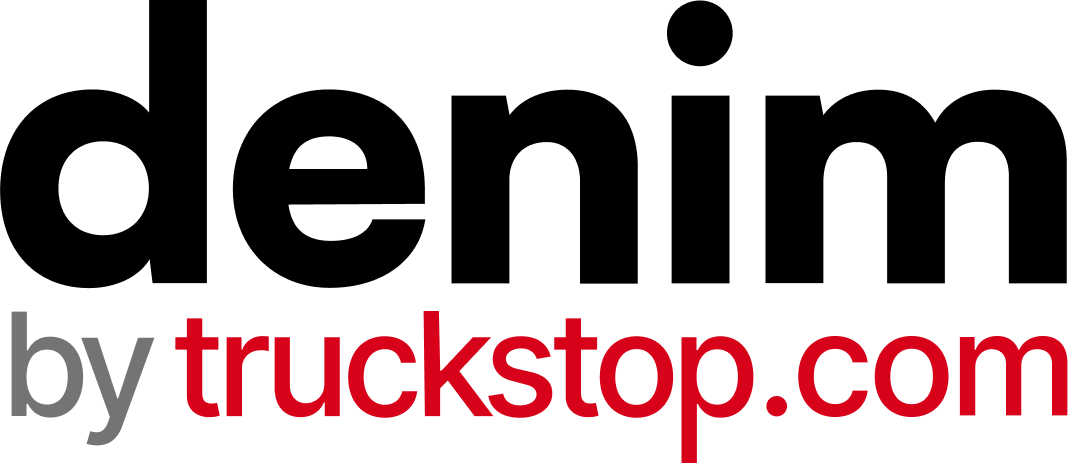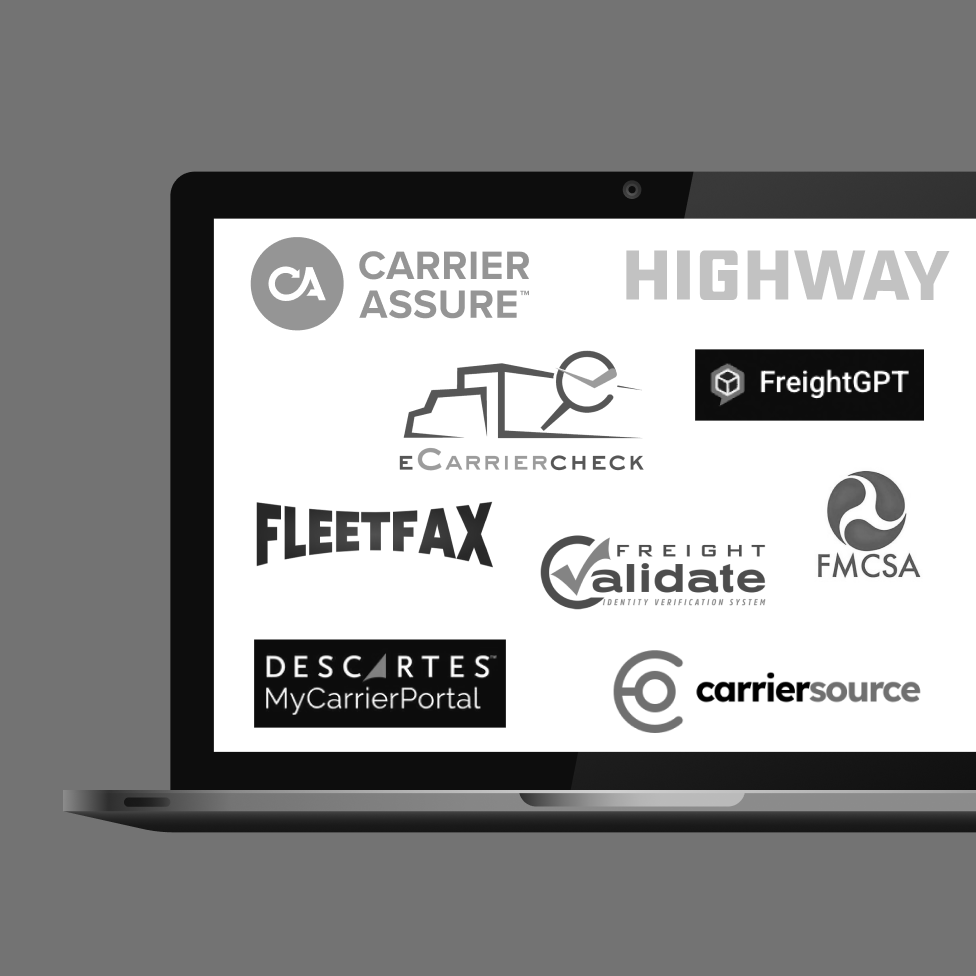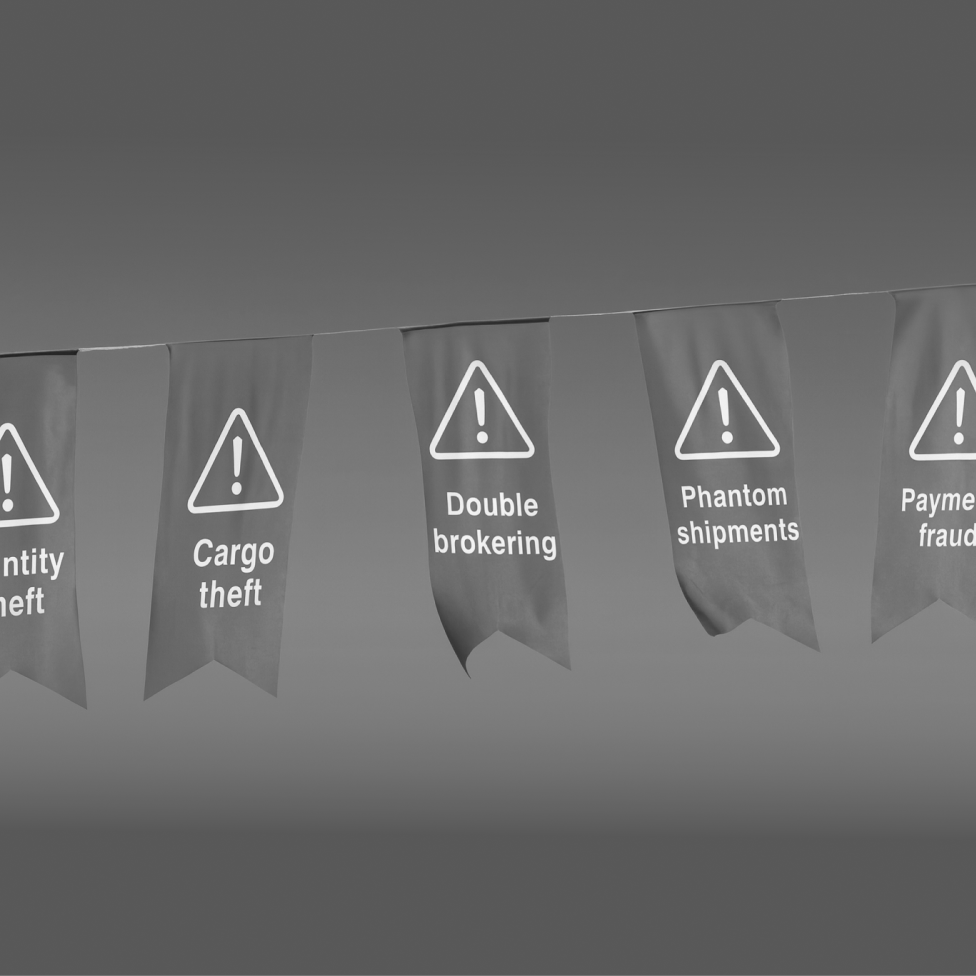Their role in the supply chain makes freight brokers especially vulnerable to disruptions caused by the COVID-19 pandemic. However, these organizations are also uniquely positioned to shepherd the recovery of logistics and transportation. When freight brokers build more robust operations, the entire supply chain becomes stronger as well.
As brokers look to ramp up operations, new technology capabilities provide a great place to start. In particular, modernizing financial systems offers brokers a potent way to streamline processes, strengthen partnerships with shippers and carriers, and stay solvent in the midst of a volatile economic recovery.
How Technology and Automation Can Bolster Freight Brokerage Operations
The pandemic shook up the supply chain in virtually every way imaginable, from parts shortages and production slowdowns to closed ports, delayed shipments and massive staff turnover. Transportation hiccups, price volatility, and cash flow interruptions have left shippers, brokers, and carriers equally frustrated, ultimately taking a toll on their relationships with each other. Getting those relationships back on track is part of a successful supply chain recovery — and upgrades in enterprise technology can help.
The pandemic has created an opportunity for freight brokers to make a strategic effort to leverage technology that can optimize operations and restore or improve capabilities. For contemporary freight brokers, these technologies will ensure stability in years to come. The right enterprise technology will insulate a company from external and internal shocks, giving freight brokers the ability to operate near full capacity regardless of what happens and adapt to change as it occurs. When a business begins to automate manual processes, it gains benefits such as:
Increased Visibility
Company leaders collect more data about what’s happening in their organizations and the wider industry. In turn, this data enables them to make more informed decisions about logistics, finance, operations, and other critical business processes.
Better Reaction Times
In manual operations, problems can spiral out of control before company leadership even knows they exist. The increased visibility offered by technology makes it easier for companies to identify and address issues before they escalate into major crises.
Streamlined Operations
Upgrades in technology let business leaders automate tasks, empower employees to do more with less, and make operations more cost- and resource-effective. These capabilities can compensate for a lack of staff and interrupted cash flow — two major pain points for freight brokers, shippers, and carriers at this moment. It’s little wonder that so many supply chain leaders have come to recognize the vital importance of eliminating manual processes as a step in post-pandemic recovery. In this Global Procurement Officer Survey from Deloitte, “driving operational efficiencies” surpassed “cost savings” as the top priority of Chief Procurement Officers (CPOs) for the first time.
Finance Provides a Key Opportunity for Brokers
Freight brokers are the connectors of the supply chain — they link together shippers and suppliers, facilitating the efficient flow of goods from producers to end consumers. Because of this, the advantages of streamlining a brokerage extend far beyond its own four walls. It becomes easier for shippers and carriers to connect and makes the freight broker a valuable strategic partner to shippers and carriers struggling to get back on their feet.
But, brokers need to take care when developing priorities for the adoption of new technologies. Nearly every aspect of a brokerage’s business can benefit from digital technology enhancements, but focusing on the most impactful areas first will grant fast and abundant benefits. Sales and operations planning (S&OP) offers a good starting point to target manual processes, as these processes can benefit heavily from richer data and clearer visibility. Time-saving integrations between broker, shipper, and carrier systems is another top candidate, as it helps smooth any wrinkles in the fundamental relationships that power the whole supply chain.
Automating financial and back-office tasks will provide the most immediate impact for brokers struggling to remain financially viable. Automating essential but repetitive administrative duties frees employees up to focus on more complex tasks that require human attention.
Freight Brokers Need Optimized Invoicing and Working Cash Flow
Consider the amount of time spent handling invoicing and collecting payments. With a financial platform like Denim, brokers can automate invoicing, implement managed collections, and leverage freight-factoring capabilities as necessary. As a result, workers who typically handle these tasks can dedicate more time to strategic operations and revenue-generating activities.
The streamlined payment process also helps maintain more consistent cash flow and ensures the organization has the resources to overcome challenges and disruptions. With financial stability, freight brokers can continue working with shippers and carriers despite disruptions in other parts of the supply chain. And by using tools like Denim's QuickPay feature, freight brokers also make sure their carrier partners enjoy some financial stability of their own.
Additionally, an advanced financial platform gives freight brokers access to high volumes of valuable data. For example, understanding the financial stability of shippers and carriers will help a freight broker make more intelligent decisions about partnerships. Our dashboard shows freight brokers important data like this, including their fastest paying customers, their slowest paying customers, and their most profitable customers.
Through integrations with transportation management systems and accounting software like QuickBooks, brokerages can turn their data into a real asset by sharing it between systems to further enhance visibility and facilitate informed decision-making processes. This combination of automation, financial stability, and accurate reporting allows freight brokers and their partners to ride out volatile shifts in the economic terrain. Moreover, it keeps the entire supply chain moving — when freight brokers are doing well, so are the shippers and carriers that depend on them.
Turn Disruption Into Opportunity
With a robust financial platform, freight brokers can leverage a tumultuous supply chain as an opportunity for growth. Freight brokers will strengthen their relationships with existing partners and attract the attention of new businesses, too. Only 10% of supply chain pros feel “extremely prepared” for disruption in the future, whereas 59% say their disconnected systems and processes are to blame for potential future disruptions, according to Quickbase’s Supply Chain Resilience Survey. This data suggests that freight brokers who choose to move away from manual processes now — especially in financial operations — will position themselves as supply chain recovery leaders. To see how Denim can help you grow your freight brokerage, please reach out to us today.

Denim’s automated solutions streamline your back-office operations. Explore our solutions to see how Denim can help your business scale efficiently.
There's a better way







